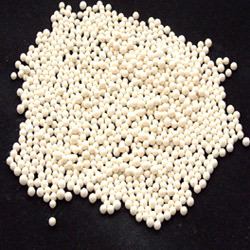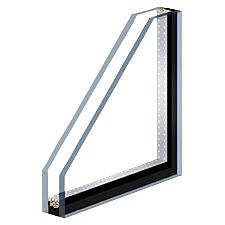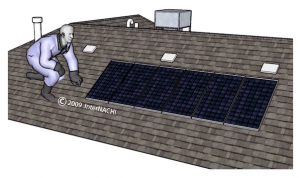Top 5 Consequences With Deferred Maintenance
In the long run, keeping your home in good condition on a regular basis outweighs deferring the fixes and repairs to a later time!
By Suzanne Martin, RE Broker and New Agent Trainer
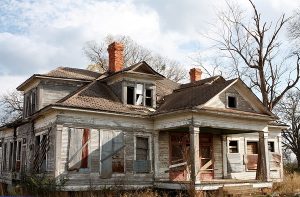
What is deferred maintenance?
Deferred maintenance is when you postpone repairing issues in your home because of cost, time or just procrastination. Although the items may appear non-emergency items, fixing it today may be a lot less expensive than having it turn out to be an emergency repair. Items like leaky pipes under sinks, painting the outside of the house, cleaning your roof and gutters just to name a few.
Here are the Top 5 Consequences with Deferred Maintenance
- Painting the exterior of your home
- If you don’t keep a nice coat of paint on the exterior of your home, paint will be chipping and peeling off. This means that water can start being absorbed by your siding. In some cases, it could cause the house to have to be resided! By touching up your home between complete paint jobs, will help create the barrier you need to keep water from being absorbed. It also look so much better to have a nice, fresh coat of paint on the house.
- Roof
- Depending on the type of material used for your roof, you will want to maintain a clean roof free of moss and tree debris. Make sure you trim your trees back so the trees cannot rest on the roof and hurt the materials. Also replace any cracked or broken shingles\tiles so water cannot get onto the sheathing. Keeping your roof clean can extend the life of the roof. Deferring maintenance on the roof could cost you thousands of dollars should you need to replace it.
- AC/ Furnace
- Furnaces and AC units should be cleaned and inspected on a regular basis. Home inspectors will suggest an annual clean and tune up. Dirt, cobwebs and other materials can aid in the erosion of the interiors of the furnace and AC. By cleaning and inspecting on a regular basis, you will increase the life of your units and save you thousands of dollars from not having to replace. Also, change those filters every few months! It’s easy and healthier, too.
- Leaky plumbing
- You can totally tell when you have a leaky pipe under your sink. Please. Just fix it. It’s a simple fix but if you let it go, you can have a huge consequence later.
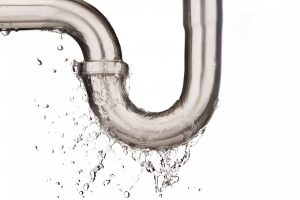
Leaky Plumbing That leaky little pipe can cause mold behind the sink in your wall, get into the flooring and cause a lot of wood rot. A $50 fix can actually end up costing you several thousands of dollars!
- You can totally tell when you have a leaky pipe under your sink. Please. Just fix it. It’s a simple fix but if you let it go, you can have a huge consequence later.
- Deferred maintenance issues when selling
- This is the Top 5 Consequence with deferred maintenance! When you have your home on the market and the buyer’s see all of your deferred maintenance, it looks like you haven’t taken care of the house and they would automatically think the home is in not good condition. You will end up selling your house for a lot less than if you kept up with your deferred maintenance!
After reading the top 5 consequences with deferred maintenance, I hope you consider keeping up with your home’s repairs. It’s a lot easier to do a repair, one here and one there as opposed to several big and costly items because you’ve deferred the maintenance.
If you are considering putting your home on the market, perhaps you can consider getting a home maintenance inspection. The home inspector will do a complete home inspection which will outline all of the issues you need to repair or replace. This could save you a ton of money when negotiating with your buyer.
For more information on home maintenance inspections, give Chris Knappett, Certified InterNACHI Professional Inspector, a call at 949-396-9595 or visit Coastal Property Inspections website.
Thank you for reading our blog on the Top 5 Consequences With Deferred Maintenance




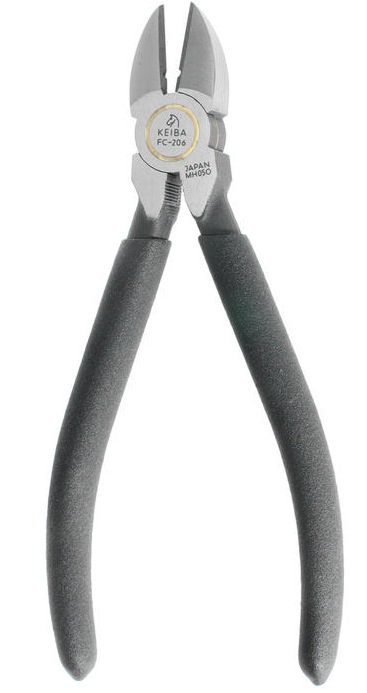 sometimes convenient, but they’re no substitute. Manual screwdrivers can reach into more places and they are less likely to damage the screw.
sometimes convenient, but they’re no substitute. Manual screwdrivers can reach into more places and they are less likely to damage the screw.

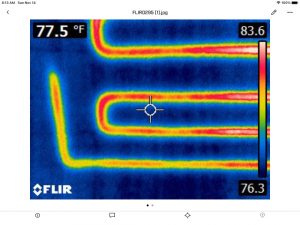
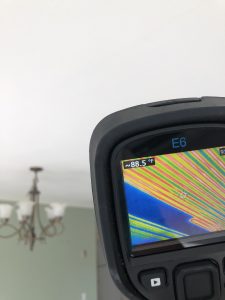
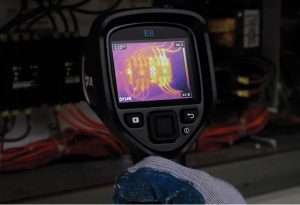
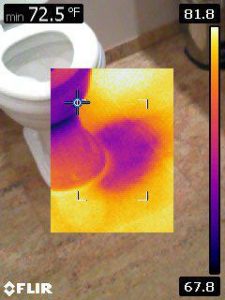
 Condensation is the accumulation of liquid water on relatively cold surfaces.
Condensation is the accumulation of liquid water on relatively cold surfaces.